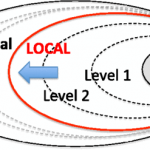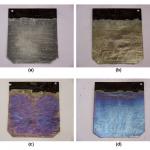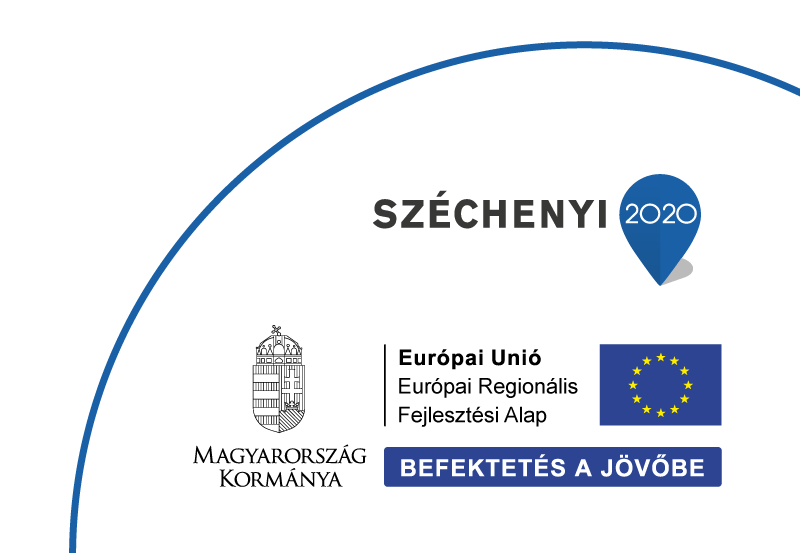Activation cross sections of proton induced reactions on gold for production of 197m,197g,195m,195g,193m,193g,192Hg, 196m,196g(cum),195g(cum),194,191(cum)Au, 191(cum)Pt and 192Ir were measured up to 65 MeV proton energy, some of them for the first time. Two stacks containing the Au and monitor as well as energy degradation and recoil catcher foils were irradiated at an external beam line of the Cyclone110 cyclotron of the Université Catholique in Louvain la Neuve (LLN) with a 65 MeV proton beam. An additional stack was irradiated at the external beam line of VUB CGR 560 cyclotron (Brussels) with a 33.7 MeV incident proton beam. The stacks were separated and each foil was measured by gamma-spectrometer several times to follow the decay of the produced radioisotopes.
From the measured activities, by using the irradiated parameters (measured and adjusted by using the monitor reactions) excitation functions were deduced for the above mentioned radioisotopes. The new data are in acceptably good agreement with the recently published earlier experimental data in the overlapping energy region. The experimental data were also compared with the predictions of the TALYS 1.6 (results in TENDL-2015 on-line library) and EMPIRE 3.2 nuclear reaction model codes.
From our new experimental cross sections integral yield curves were calculated and compared with the previous literature values. Two fields of applications of the produced radioisotopes were discussed in detail: Thin Layer Activation (TLA), which is mainly used for measurement of wear, corrosion and erosion of different materials, as well as beam monitoring in the higher proton energy region.
In the conclusion it was emphasized that our results are partly new and in the overlapping energy region show good agreement with the previous literature data. The predictions of the nuclear reaction model codes are still far from perfect but show significant improvements in some cases.






 Magyar
Magyar
